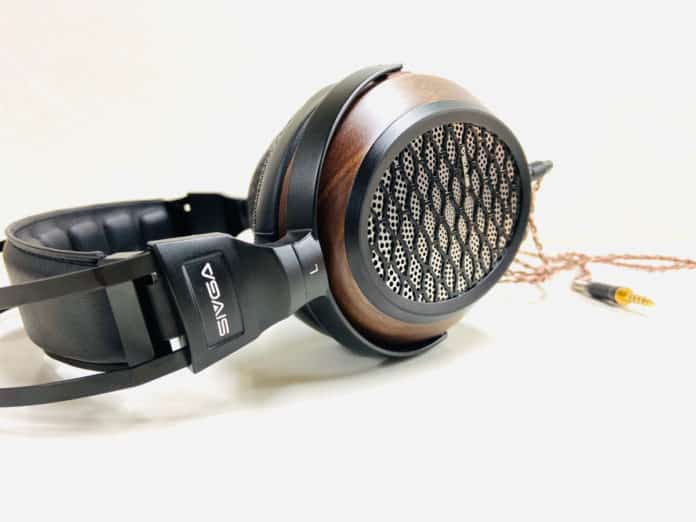In this increasingly saturated headphone market, there still seems to be a free niche for planar magnetic headphones under 400-500 bucks. The Chinese company, Sivga, is one a few small companies trying to fill this gap. The open-back P-II is priced at only $399. A relatively tall order for a planar magnetic headphone, considering that only a few companies, such as Hifiman and Audeze have been able to pull it off with grace. What can you expect from the P-II in terms of sound and design? Let’s take a look in this Sivga P-II Review.
Sivga P-II Review
IN the BOX
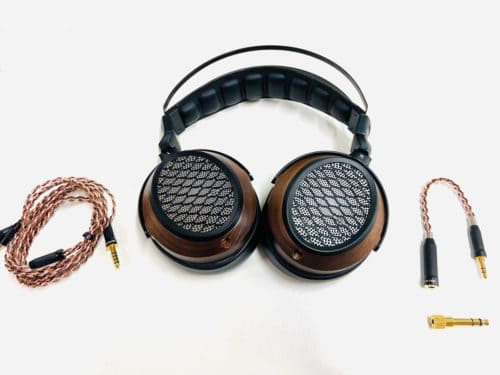
FIT
The metal suspension headband does a nice job of alleviating some of the load of these cans. Although they’re not as heavy as say, an Audeze LCD, the earcups have some weight to them. The outer sides of the earpads are made of a leather-like material while the contact area uses a fabric lining to keep the ears cool and sweat free. The earpads are also contoured to optimize the fit. Although I had no problems with comfort, clamping force is on the firmer side. So, if you have a small head or a sensitive jaw, it’s something you may want to keep in mind.
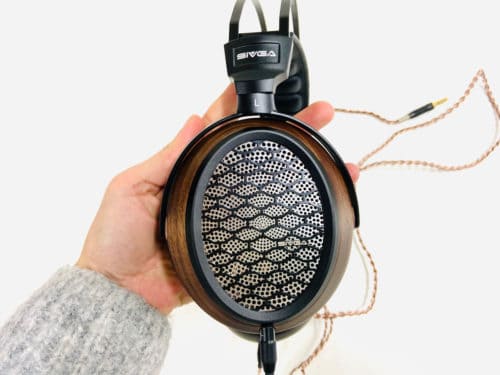
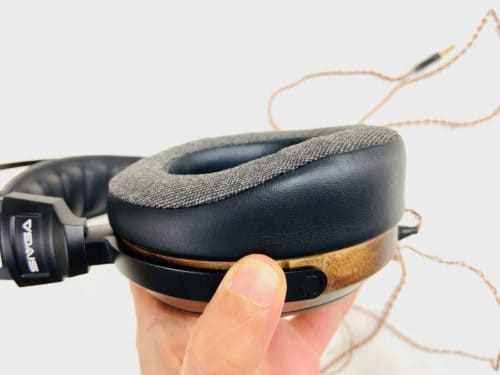
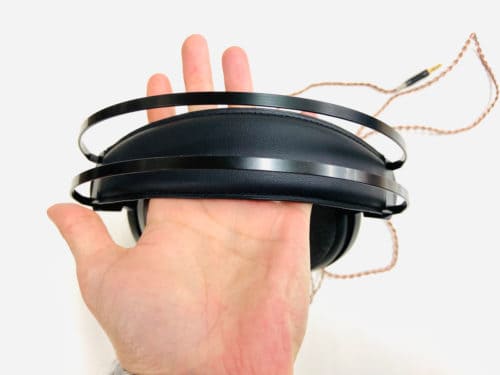
DESIGN
Many audiophiles may recognize the design of the P-II. Sendy Audio made a big splash at the last CanJam with the Aiva, which looks strikingly similar to the P-II. The Blon B20, which Drop fans will undoubtedly know, also sports the same design. So, it seems that all three models originate in the same factories. However, according to Sivga, the driver technology has been updated in the P-II.
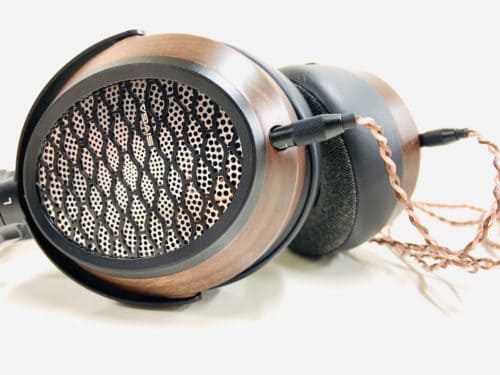
The P-II sports an open-back design with a solid wood shell. (Walnut I think. Or is it chestnut?) The earcups not only tilt forward but you can also swivel them around to make them flat on either side. The P-II also features a detachable balanced cable with a 4.4mm termination. But for those who don’t have the option of going balanced, Sivga has thrown in a 4.4mm to 3.5mm adapter. The cables look nice and thick with solid connectors. There’s little information out there in terms of the cable design, so we’ll just have to trust the pretty face.
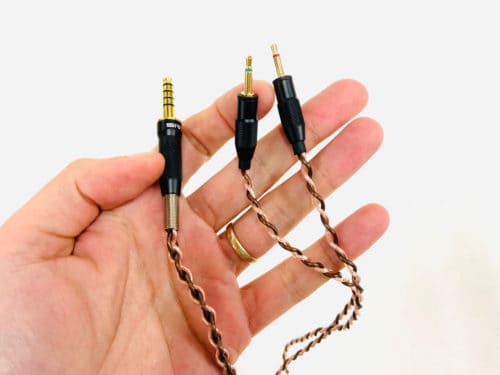
With an impedance of 32 ohms and a sensitivity of 98 dB, these planar magnetics are very easy to drive. Even your good ol’ iPhone is will give you enough volume. But for the purposes of this review, I used P-II’s balanced connection with the FiiO Q5S.
SOUND
Low Frequencies
The low end is warm and thick. And though the transient response is relatively speedy, you won’t hear a particularly tight bass; it has more of a voluptuous feel. So, yes, you’ll hear plenty of bass punch when listening to pop, but it’s more of a rounded punch, rather than a hard smack in the face. And this bass profile works particularly well for rock, giving the tracks tons of meat. If you play a little Drake, you’ll notice that the P-II doesn’t get extremely subby. So, don’t expect a particularly visceral bass experience. But if you like a juicy low end, the P-II will certainly deliver.
Middle Frequencies
The present low and high mids nicely balance each other out. You won’t hear any whacky bumps in the high mids, and vocals never sit artificially forward in the mix. As a result, you’ll get a natural and all-encompassing feel when listening to any track with heavy instrumentation. Again, I should note that this P-II is not about hard definition. John Lennon’s “Watching the Wheels” is a good example. On a lot of cans, the snare in that track hits hard and firm. But on the P-II it feels more softened around the edges. And as mentioned above, the P-II is generally rounder and fatter is it’s presentation.
Unsurprisingly, with respect to detail, you can expect a smoother, rather than a dry and textured feel when listening to classical strings. So, the P-II is less that clinically transparent. And though the separation is decent, The P-II is not a headphone for audiophiles looking for a meticulously clean sound. These cans are not for critical listening. But they are extremely satiating if you’re hungry for a luxurious and full-bodied profile.
High Frequencies
Although there’s a weight to the lower frequencies, you can’t call the P-II a particularly dark headphone. But no, this isn’t a sparkly sound. And that fleshiness is still ever apparent in the highs. Female vocals are fat, velvety and fluid, and you can definitely feel that planar magnetic richness coming into play. And certainly, if you’re easily fatigued by high frequencies, these cans are for you.
Soundstage
I’m a big fan of the imaging on these cans. Though the stage doesn’t feel tremendously expansive, distant instruments maintain their flavor. And gradations in instrument placement with respect to depth and height are clear and nuanced. So, certainly, the P-II delivers a holographic feel worthy of the price tag.
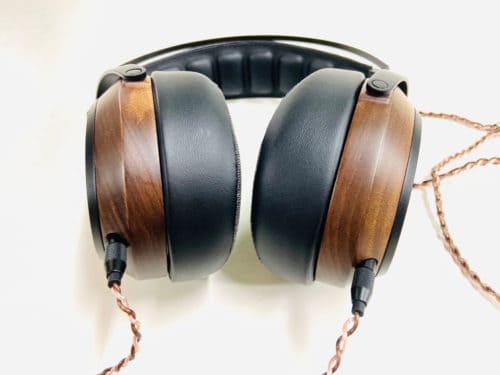
PROS and CONS
Pros: Well-balanced; rich and full-bodied; colorful imaging.
Cons: Not designed for critical listening.
SUMMARY
In terms of balance and richness, the Sivga P-II may be the most enjoyable planar magnetic headphone I’ve reviewed at this price point. That being said, if you’re an OCD audiophile, then the P-II may not be for you. But if you’re listening to a lot of modern genres and you love ample body and warmth in your tracks, the P-II is definitely a headphone that you can sink your teeth into.
You can pick up the Sivga P-II fro the best price here:
Sivga P-II on Amazon (5% off the P-II for first 2 weeks of January 2020)
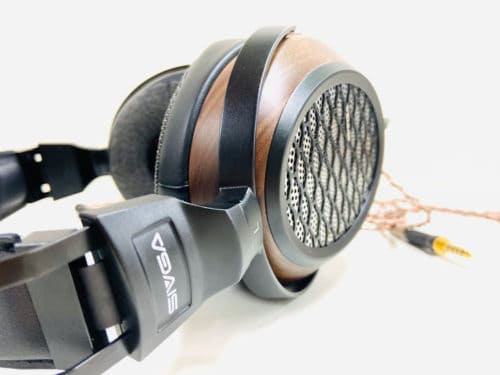
MajorHiFi may receive commission through online retail offers.
MAJORHIFI may receive commissions from retail offers.


